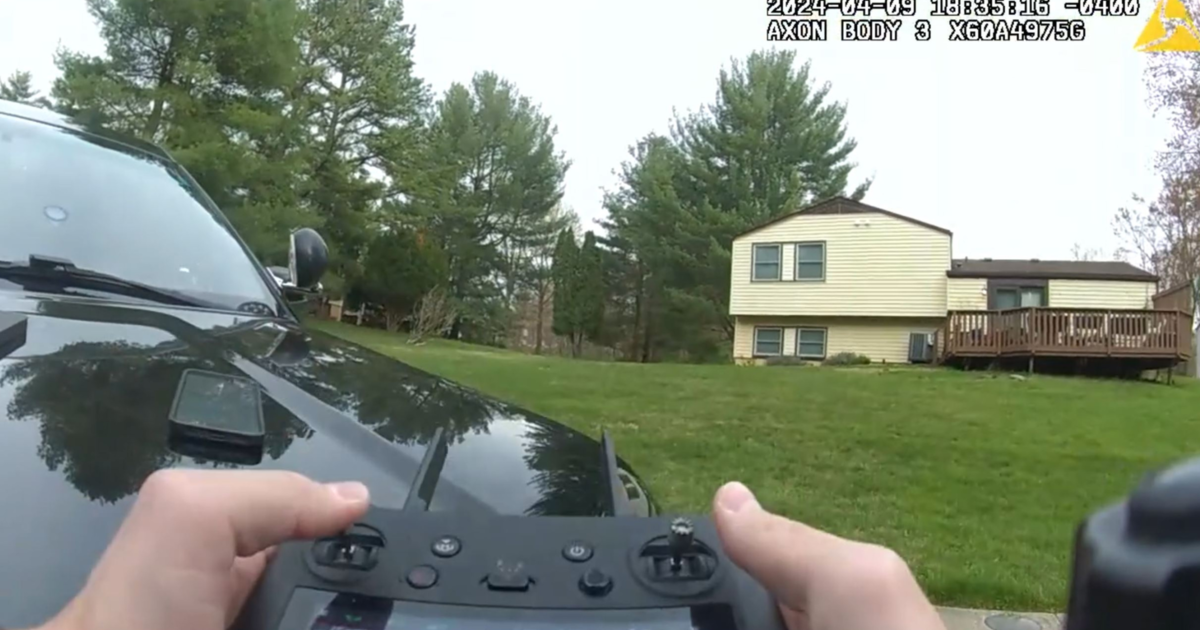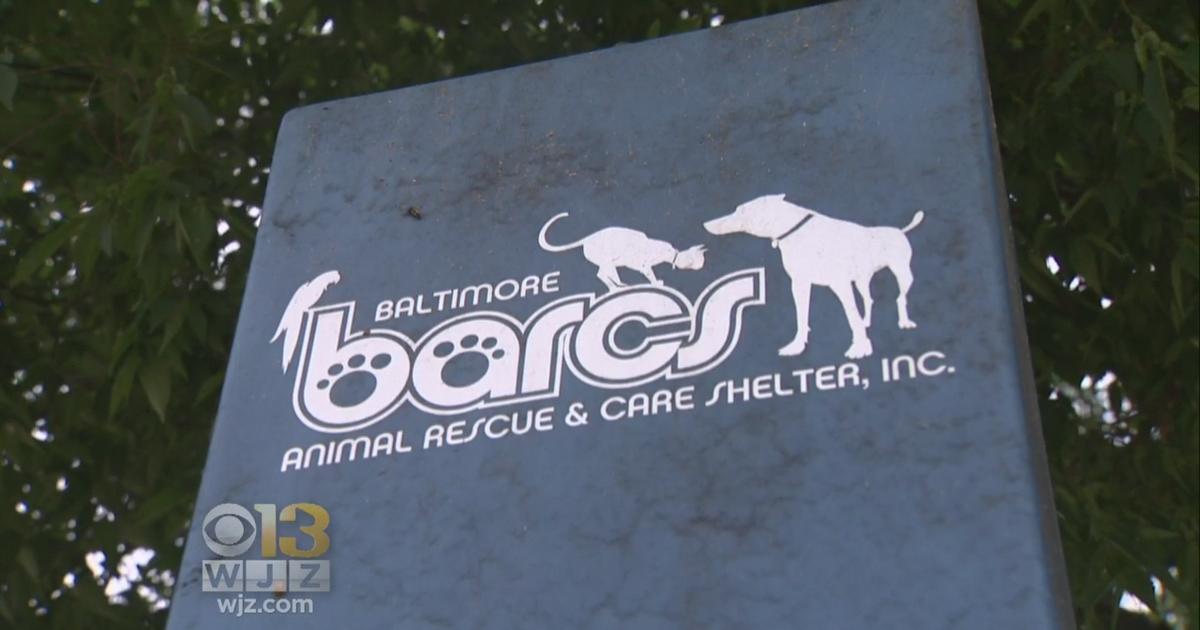CBF: Infrared Video Shows Gas Drilling Pollution
BALTIMORE (AP) -- An environmental group said Wednesday that infrared video shows air pollution streaming from natural gas sites that have been sprouting up across the Chesapeake Bay watershed.
The Chesapeake Bay Foundation said it sent the videos to the federal Environmental Protection Agency along with a letter saying they show emissions are not being adequately controlled. The video "establishes that the industry is not sufficiently limiting the amount of leaks from drilling and processing operations and the full extent of those leaks" has not been adequately considered in the EPA's proposed regulations, the letter said.
A boom in drilling using a technique known as hydraulic fracturing prompted environmentalists to sue the EPA last year over regulation. The agency proposed new rules in July to control air pollution at oil and gas wells for the first time. The video and letter were filed on the last day of the public comment period for the proposed regulations, said Harry Campbell, a senior scientist at the foundation's Pennsylvania office.
The Chesapeake Bay Foundation said it hired a videographer to record video at 15 sites in Pennsylvania, Maryland and West Virginia and found otherwise invisible emissions at 11.
Campbell said the video "adds another line of evidence that there are issues that need to be addressed."
The foundation said in its letter that increased shale gas production may prove beneficial because natural gas is cleaner than oil and coal, but "the alarming rate at which extraction activities have increased in the bay watershed gives us great pause as we attempt to understand the full implications."
The EPA did not immediately respond to requests for comment Wednesday by The Associated Press.
Hydraulic fracturing is a horizontal drilling technique in which water, sand and chemicals are pumped into the mile-deep shale to crack the rock and free the gas. Critics have expressed concerns about the effect of the chemicals on groundwater, and the EPA is studying the issue. Maryland has imposed a moratorium on so-called "fracking" while environmental implications are studied, but drilling is being conducted in West Virginia and Pennsylvania.
Corky DeMarco, executive director of the West Virginia Oil and Natural Gas Association, said there are necessarily some emissions from diesel engines that run drilling rigs and pumping trucks. But DeMarco said past studies done in Texas and Pennsylvania determined "these are mobile sources, they're temporary sources, and they are not causing accumulated effects."
Bob Howarth, a Cornell University professor who analyzed the video for the Chesapeake Bay Foundation, said the camera is tuned to detect emissions of methane, the main component of natural gas and a key greenhouse gas.
Howarth said the images provide more evidence that the EPA should conduct a more comprehensive study of the impact of hydraulic fracturing on human health and the environment.
Reid Porter, a spokesman for The American Petroleum Institute, the main lobbying arm of the industry, said Howarth's findings have been questioned in the past by other researchers. Porter said the institute is on the record as saying "any conclusions that start with Howarth's preconceived premise are questionable at best."
Methane is 20 times more effective at trapping heat in the atmosphere than carbon dioxide over a 100-year span, according to the EPA, which says natural gas systems are the largest sources of methane emissions in the United States.
Natural gas drilling, meanwhile, has already been blamed for affecting air quality. Drilling in the Upper Green River Basin in western Wyoming, for example, triggered levels of surface ozone worse than in Los Angeles, one of the nation's smoggiest cities.
(Copyright 2011 by The Associated Press. All Rights Reserved.)



